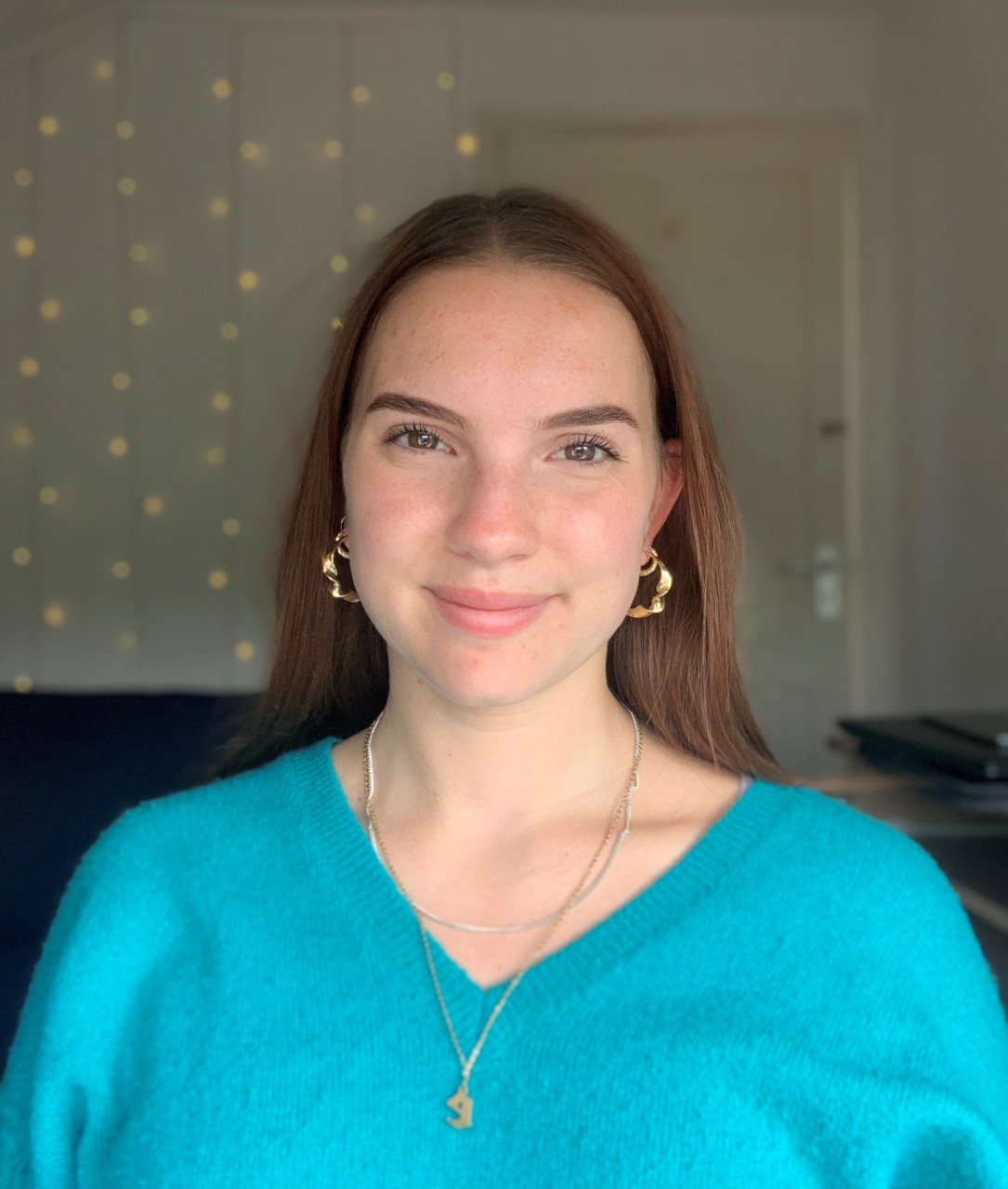What is chroming? The dangerous viral trend explained, plus how to talk to kids about it
Several children have reportedly died after participating in the trend


Concerned parents want to know what chroming is, after the dangerous trend has been linked to deaths. We share the crucial information.
Many parents will know that keeping kids safe on social media can feel like an increasingly difficult challenge. And dangerous trends such as the blackout challenge - which was linked to the death of 12-year-old Archie Battersbee, who a coroner determined died after a "prank or experiment" went wrong - are just one of the reasons why many are wondering if platforms like TikTok are safe for kids to use.
In recent months, a new alarming trend, known as chroming, has emerged. The viral 'challenge' has been linked to the death of 11-year-old Tommie-Lee Gracie Billington, from Lancaster, and Esra Haynes, 13, from Melbourne in Australia, among others. Both Esra and Tommie-Lee's families have since tried to raise awareness of the lethal activity, to prevent any more injury or loss of life. Here's what parents need to know...
What is chroming?
Chroming - also known as 'huffing', 'sniffing' or 'bagging' - describes the act of inhaling the fumes from chrome-based paint. However, it is now more broadly used to describe inhaling fumes from other substances, including aerosol cans, nail polish, cleaning products or petrol - all of which can provide a short lived high, but can also be extremely dangerous.
Most recently, 'chroming' has been spreading among younger generations, through viral videos on platforms such as TikTok (although it's important to note that TikTok has now blocked search results of hashtags related to chroming).
However, this practice is not new. The National Survey on Drug Use and Health indicates that about 527,000 people 12 or older reported using inhalants in 2015. The majority of these people were between the ages of 12 and 17.
The American Addiction Centres explains, "Inhalant abuse is most common among children and youths who do not have the means to obtain other types of drugs. However, adults are also known to use inhalants to get high."
Parenting advice, hot topics, best buys and family finance tips delivered straight to your inbox.
Why is chroming dangerous?
The long-term effects of inhaling toxic substances are numerous and can be fatal. These include slurred speech, dizziness, hallucinations, nausea and vomiting, as well as heart attacks, suffocation and permanent damage to the brain, liver and kidneys.
Meanwhile, findings published in the Journal of Drug and Alcohol Research revealed that long-term abuse of inhalants can lead to cognitive impairment, such as the inability to concentrate, memory loss, a lower IQ and impaired judgment.
13-year-old Esra Haynes suffered irreversible brain damage after inhaling an aerosol deodorant, and died after spending several days on life support following the cardiac arrest it caused.
Esra’s sister, Imogen, told 7News: "We definitely have a mission to raise awareness for kids and anyone that does it. We don’t want that to happen to anyone else. We don’t want another family to go through this, it’s absolutely horrible."
Tommie-Lee Gracie Billington, 11, also suffered a suspected cardiac arrest after reportedly taking part in the chroming challenge, and was found dead in a friend’s house.
Tommie-Lee’s mum, Sherri, said: "Please, please, please hide all deodorants from your children. This cost my son his life from trying something other kids are doing. They are using this and breathing them in to try get a buzz.
"Please talk to your children about the consequences of this, I have no idea how this even came about for children to try."
Talking to your kids about chroming
The NSPCC has shared information for parents around talking to children about drugs, and its advice can be applied to the chroming trend too.
- Try having brief, open and relaxed conversations - you could try using cues such as drug issues happening on TV, in the media or Personal, Social and Health Education (PSHE) projects at school to start a conversation.
- Try to stay calm. It can be upsetting to find out your child is involved in or has tried dangerous activities, but getting angry and shouting may stop them from speaking to you in the future.
- Encourage your child to be honest with you. If they are involved in dangerous trends, it's important to find out why they are participating. Listening to what they say and how they feel can give you an idea of how you can help.
- Discuss the risks - this can help your child to make a decision for themselves and make sure they're aware of the dangers.
In related news, Meta has come under fire for a 'highly irresponsible' minimum age change on WhatsApp, while a new Facebook roll-out means parents are being advised to “think carefully” about letting their children use the social media platform. In more positive news, Instagram's latest update helps protect teen users from 'sextortion' and scammers.

Ellie is GoodtoKnow’s Family News Editor and covers all the latest trends in the parenting world - from relationship advice and baby names to wellbeing and self-care ideas for busy mums. Ellie is also an NCTJ-qualified journalist and has a distinction in MA Magazine Journalism from Nottingham Trent University and a first-class degree in Journalism from Cardiff University. Previously, Ellie has worked with BBC Good Food, The Big Issue, and the Nottingham Post, as well as freelancing as an arts and entertainment writer alongside her studies. When she’s not got her nose in a book, you’ll probably find Ellie jogging around her local park, indulging in an insta-worthy restaurant, or watching Netflix’s newest true crime documentary.